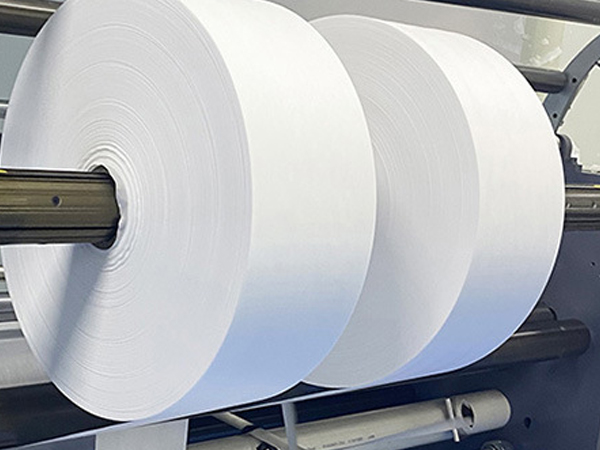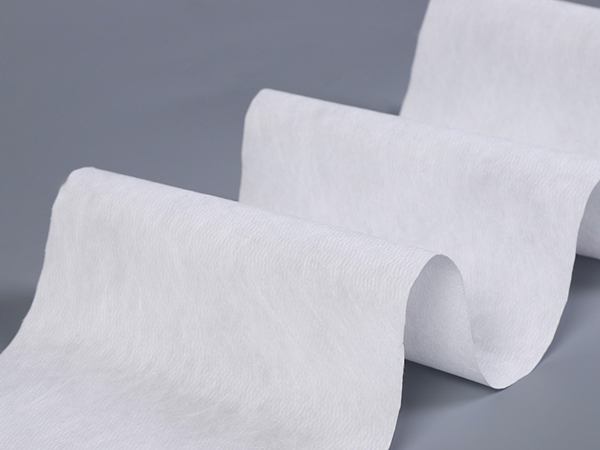- The 2025 Jiangxi Textile and Garment Week and the 6th Jiangxi (Ganzhou) Textile and Garment Industry Expo opened
- The practical value of spunlace wipes: A great helper for cleaning in multiple scenarios
- The 9th China Textile Intangible Cultural Heritage Conference illuminated the night of Chengdu
- The tight combination of nonwoven fabric and wet wipes
- The founding conference of the National Digital and Intelligent Textile Industry-Education Integration Community was held at Yancheng Polytechnic Institute of Industry

- Cellphone: +86-13430333258
- Email: qdvictorin@gmail.com
- Address: No.95 Kongquehe Wu Road,Jimo Garment Industrial Park, Qingdao City, Shandong Province, China
According to different production processes, non-wovens can be divided into spunlaced nonwovens, needled nonwovens, hot bonded non-wovens, pulp air mesh nonwovens, wet nonwovens, spunbonded non-wovens, melt-blown non-wovens, etc.
Nonwoven fabric, also known as nonwoven fabric or nonwoven fabric. Different from common warp knitted and weft knitted fabrics, non-woven fabrics are composed of directional or random fibers. Non-woven fabrics are formed by bonding fibers together by physical or chemical methods, and have the appearance and certain properties of cloth. Polypropylene (pp material) is mostly used as raw material, through high temperature melting, spinning, laying, hot rolling and continuous one-step production.
With the continuous development of nonwoven production technology, it has gradually become a new generation of environmental protection materials, which are moisture-proof, breathable, flexible, light weight, non-combustion-supporting, easy to decompose, non-toxic and non-irritating, rich in color, low in price, recyclable and other characteristics, and are used in medical, home textile, clothing, industry, military and other fields.
Compared with woven fabrics, the moisture regain rate of nonwoven fabrics is generally low, and it is easy to generate static electricity during production and use.
Spark points generated by static electricity may cause some flammable materials to explode. The sound of sparks and static electricity that occurs when wearing nylon or wool clothes in dry weather is basically harmless to the human body, but on the operating table, electrical sparks can cause the explosion of anesthetics, harming doctors and patients.
In order to solve this problem, so that nonwoven fabrics can be more widely used in the market, you can add a certain proportion of anti-static masterbatch in the production process of non-woven fabrics, so that non-woven fabrics obtain excellent anti-static effect, reduce the harm caused by static electricity, and will increase the price of non-woven fabrics, but for special uses, it is necessary to increase the cost of this aspect.
Qingdao Victor New Material Co. Ltd is a professional nonwoven products manufacturer located in Shandong, China. The factory founded in 2013, specified in nonwoven related products(Nonwoven fabrics, Spunlace, Wipes, Roofing Nonwoven)from nonwoven fabric to finished products. We have three major product lines, spunbond, meltblown, and spunlace. Qingdao Victor New Material Co. Ltd offer one stop service from design, manufacturing, packaging, and shipping.
- The 2025 Jiangxi Textile and Garment Week and the 6th Jiangxi (Ganzhou) Textile and Garmen
- The practical value of spunlace wipes: A great helper for cleaning in multiple scenarios
- The 9th China Textile Intangible Cultural Heritage Conference illuminated the night of Che
- The tight combination of nonwoven fabric and wet wipes
- The founding conference of the National Digital and Intelligent Textile Industry-Education
- Step into Life: Get to Know the Soft and Skin-friendly wood Pulp spunlace Non-woven fabric
- The 2025 China Textile Market Conference was held in Keqiao
- A new material option for multiple scenarios empowered by woodpulp spunlace nonwoven fabri
- Anyang Beiguan District has drawn up a new blueprint for the textile and garment industry
- The wide range of applications and characteristics of non-woven fabrics

